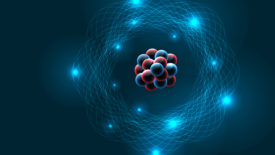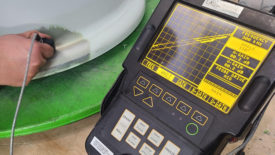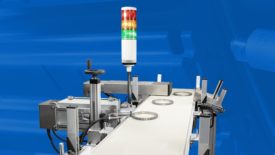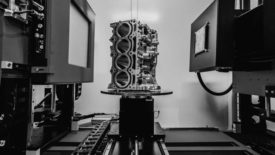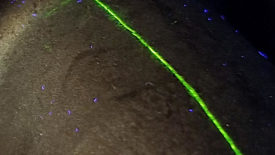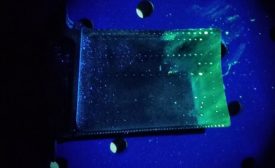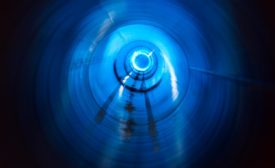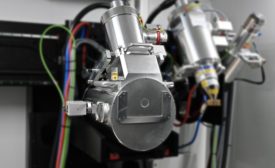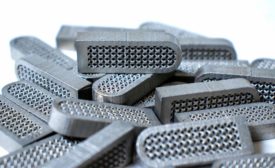Gregory James Weaver
Greg Weaver is President at Weaver NDT and an ASNT LEVEL III RT #149144. For more information, call (505) 340-5680, email
[email protected] or visit WeaverNDT.com.
ARTICLES
NDT | Neutron CT
Unlike standard x-ray computed tomography, neutron CT offers unique capabilities for inspections that cannot be effectively performed using traditional methods.
Read More
NDT | Inspection
Nondestructive Testing (NDT) of Commercial Aircraft Wheels
The main flaws uncovered by NDT on the wheels are cracking, corrosion, geometrical distortion, and overheating.
January 15, 2024
NDT | Flaw Detection
Flaws Come in Different Shapes and Sizes
The origin of a flaw can come from many different sources, and they can be anywhere within a part.
August 10, 2023
Quality 101
Nondestructive Testing Using the Resonance Acoustic Method
RAM is a volumetric approach and evaluates the whole part, both for internal and external structural flaws, metallurgical deviations, and consistency.
December 15, 2022
NDT | Radiography
2D Radiography (x-ray) for NDT
2D radiography continues to be essential to the safety and reliability of many of the world's industrial products.
October 11, 2022
NDT | Back 2 Basics
Flaw Detection 101
Each NDT method has its advantages and disadvantages, so knowing what your flaws of interest are and where they tend to be located can be extremely helpful.
June 9, 2022
Aerospace | NDT in Aerospace
NDT in Aerospace: Advancements in NDT Methods
As the Industry will Continue to Grow, so will Advancements in NDT Methods.
July 15, 2021
NDT | Training
Remote Visual Inspection an Important Part of the NDT Toolbox
Remote Visual Inspection has Provided Key Inspection Data While Maintaining Safety for its Operators.
June 7, 2021
NDT of Medical Devices
NDT methods play a critical role in the quality assurance of medical devices.
November 29, 2020
Stay in the know with Quality’s comprehensive coverage of
the manufacturing and metrology industries.
eNewsletter | Website | eMagazine
JOIN TODAY!Copyright ©2024. All Rights Reserved BNP Media.
Design, CMS, Hosting & Web Development :: ePublishing
